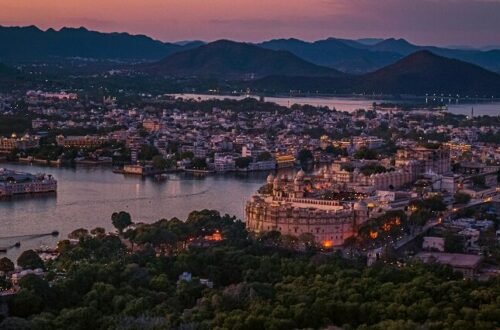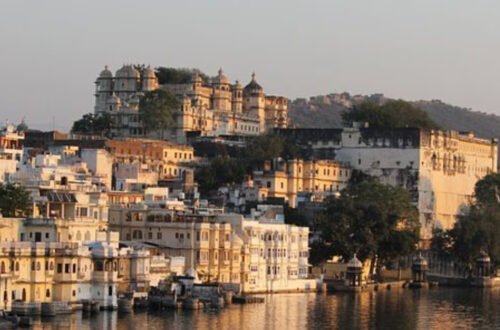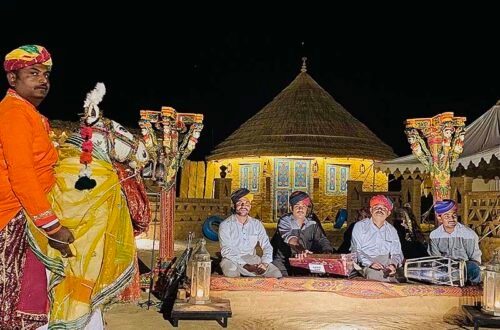Rajasthan is often celebrated for its regal palaces and desert landscapes, but for wildlife photographers, it opens up an entirely different canvas—one filled with rare species, untamed forests, and golden light that paints the terrain with cinematic brilliance. Whether you’re an amateur with a DSLR or a seasoned professional chasing the perfect frame, embarking on a Rajasthan Wildlife and Heritage Tour offers an extraordinary opportunity to capture the raw and majestic beauty of India’s most iconic wildlife sanctuaries.
Choosing the Right Safari for Wildlife Photography
Rajasthan boasts several protected areas that cater to different photography goals—from elusive predators to migratory birds. Ranthambore National Park is perhaps the most famous for tiger sightings. The landscape here is dramatic, with crumbling forts and serene lakes offering stunning backgrounds. Sariska Tiger Reserve is a quieter alternative, rich with leopards, hyenas, and jungle cats. For bird photographers, Keoladeo Ghana National Park in Bharatpur is unmatched. This UNESCO World Heritage site is home to over 370 bird species, making it a haven during the migratory season.
Best Time to Visit for Wildlife Photography
Timing can make or break a photography expedition. For most wildlife reserves in Rajasthan, the ideal window is between October and March. This period offers softer sunlight, cooler temperatures, and a higher probability of animal sightings near water bodies. Early morning and late afternoon safaris are particularly rewarding as animals are more active, and the light is optimal for shooting.
Essential Gear for Safari Photography
To make the most of your wildlife safari in Rajasthan, bring equipment that matches your subject and environment. A fast telephoto lens (200mm–600mm range) is crucial for photographing animals from a distance. Carry a secondary body with a wide-angle lens to capture landscapes or sudden close encounters. A bean bag or monopod is ideal for stabilizing your shots within the safari jeep. Don’t forget lens cleaning kits—dust is a given in Rajasthan’s dry terrain.
Understanding Animal Behavior and Ethics
Knowledge of animal behavior greatly enhances your ability to anticipate movements and capture compelling images. Tigers, for instance, mark territories and frequent specific trails, while peacocks tend to dance at dawn during the monsoon. However, ethics should guide your photography. Avoid loud noises, keep a safe distance, and never use flash photography on animals. Ethical photography not only protects the subjects but also maintains the integrity of the natural setting.
Top Spots for Iconic Shots
While every reserve has its charm, certain areas stand out for specific types of photography. In Ranthambore, Zone 3 is known for its lakes and frequent tiger sightings. Zone 4 offers fort ruins that make for dramatic compositions. In Desert National Park near Jaisalmer, the critically endangered Great Indian Bustard may be spotted. Here, patience is key. Meanwhile, Kumbhalgarh Wildlife Sanctuary offers rugged terrains and lesser-known fauna, making it a favorite among those seeking to photograph offbeat subjects. A Kumbhalgarh Day Tour is ideal for combining scenic travel with unique wildlife encounters.
Working with Local Experts and Guides
Local naturalists and guides are invaluable for wildlife photographers. They are familiar with the park’s terrain, animal patterns, and seasonal nuances. Opting for a trusted Travel agency in Rajasthan ensures you get access to experienced safari guides who respect both wildlife and photography needs. They can help position your vehicle for the best angles, share intel about recent sightings, and enhance your understanding of the ecosystem.
Cultural Context Enhances Storytelling
One unique aspect of photographing wildlife in Rajasthan is the interplay between culture and nature. You might frame a leopard perched on a craggy rock with an ancient temple in the background, or shoot a herd of deer grazing near a forest shrine. Such frames offer a deeper narrative and make your work stand out. Incorporating local festivals, traditional attire, or even camel caravans into the storytelling can give your wildlife shots a cultural richness that is distinct to Rajasthan.
Safety and Conservation Awareness
While photographing in the wild, personal safety and conservation responsibility go hand in hand. Always follow park rules, stay within marked zones, and respect buffer areas. Avoid feeding animals or leaving behind any waste. Carry biodegradable wipes and reusable water bottles to minimize your environmental impact. Responsible photography plays a part in preserving these habitats for generations to come.
Post-Processing Tips for Rajasthan Safaris
Editing plays a critical role in wildlife photography, but it should never distort reality. Basic corrections for contrast, sharpness, and color balance can enhance your shots without misrepresenting the scene. Tools like Adobe Lightroom or Capture One are ideal for managing large batches of RAW files. When editing shots taken in dusty or low-light conditions, pay special attention to noise reduction and clarity without over-saturating the natural hues of Rajasthan’s unique landscape.
Final Thoughts for the Traveling Photographer
Rajasthan is more than just a backdrop for wildlife—it is a living tapestry where nature and history converge. Each safari brings an opportunity not just for a great shot, but a meaningful story. Whether you’re tracking a tiger through Ranthambore, spotting cranes in Bharatpur, or capturing the silhouette of a sambar deer against the Aravalli hills, the magic lies in observation and patience. Invest time in understanding your subject, and Rajasthan will reward you with moments that resonate through your lens and beyond.





